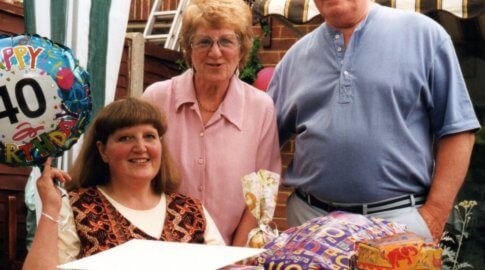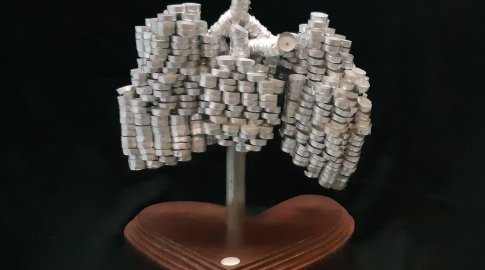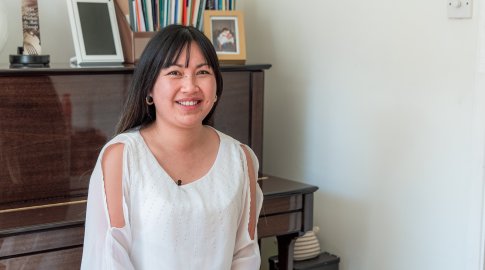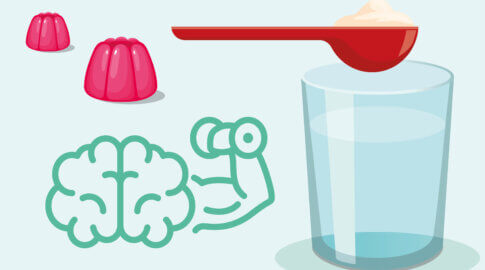From Canada with love
Pulmonary hypertension affects people all around the world. In this blog, 28-year-old Tia Atkins from Canada tells us about her journey with PAH.
“I live in Ontario, about 15 minutes from Niagara Falls, with my fiancée Erik and my children Kason (7) and Kylie (2).
During my pregnancy with my daughter, I could not walk up one flight of stairs without having to sit and take a break, and I frequently took naps throughout the day – meaning I had a very hard time keeping up with my son.
When Kylie was born, I began experiencing severe shortness of breath, but due to breathlessness being a symptom of COVID-19 I was waiting for it to ‘blow over’ before going to the doctor.



In August 2020, I was walking to my car when I had what I thought was a heart attack. I had pain in my left arm, jaw, neck, and back; as well as tightness in my chest, nausea and shortness of breath.
When I arrived at the hospital they checked my bloodwork, which initially was normal. It wasn’t until the second round of blood tests (used to assess if someone has had a heart attack) that my troponin levels (a type of protein found in the muscles of the heart) were elevated.
Upon doing an echocardiogram, the doctor noticed a large atrial septal defect [hole in the heart] which I was not previously aware of. The doctors in my hometown send me to a hospital for a right heart catheter, which also showed pulmonary arterial hypertension.
It was during my first appointment with a specialist, in October 2020, that I was officially told my diagnosis. Until that point, all I had seen was a note on a nurse’s clipboard with the words ‘pulmonary hypertension’.
What I thought was a heart attack was actually an artery tearing on the inside of my heart (known as Spontaneous Coronary Artery Dissection, or SCAD). It was a blessing in disguise, as it meant I had gotten an early diagnosis of PAH, and I know others aren’t that lucky.
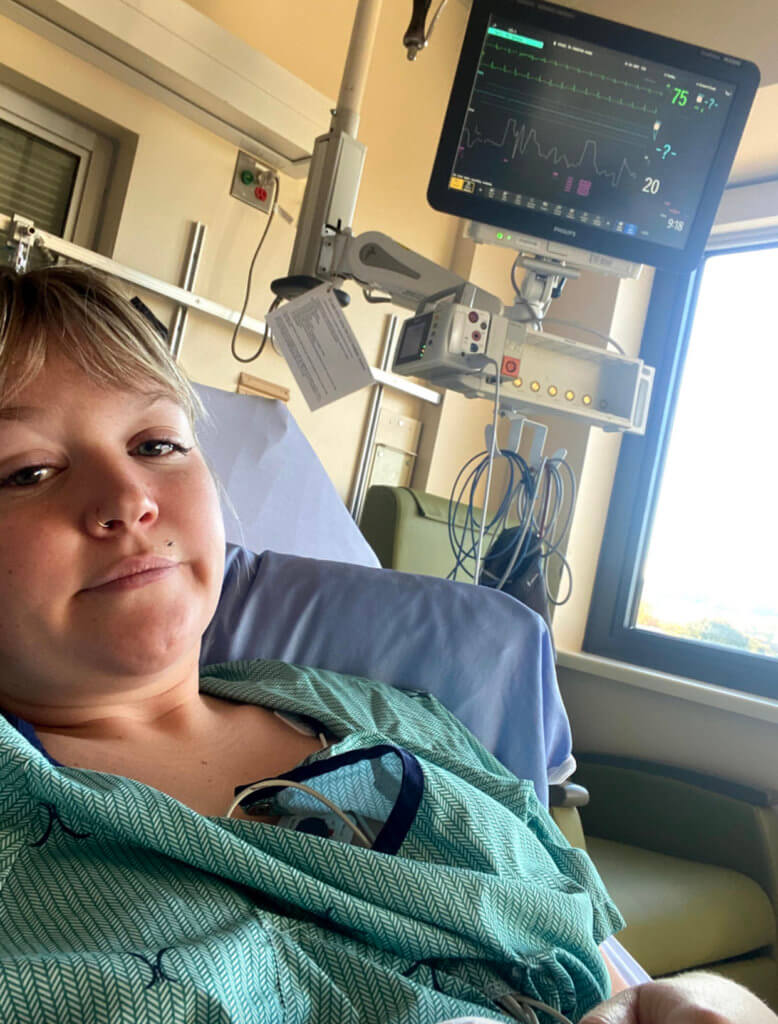
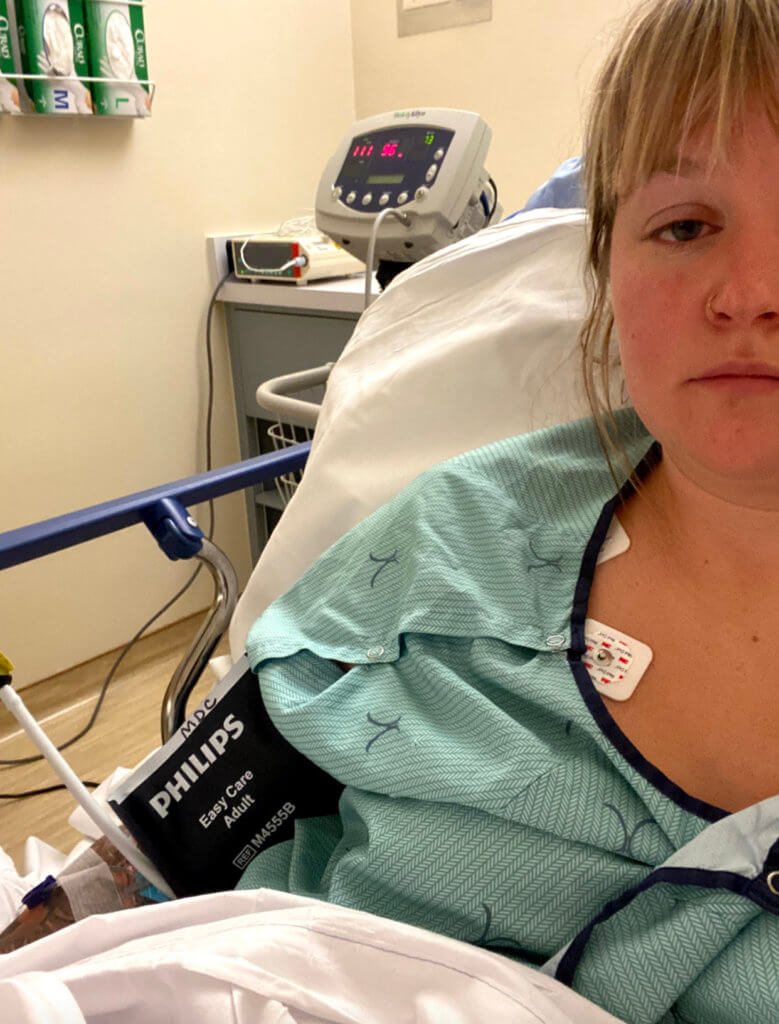
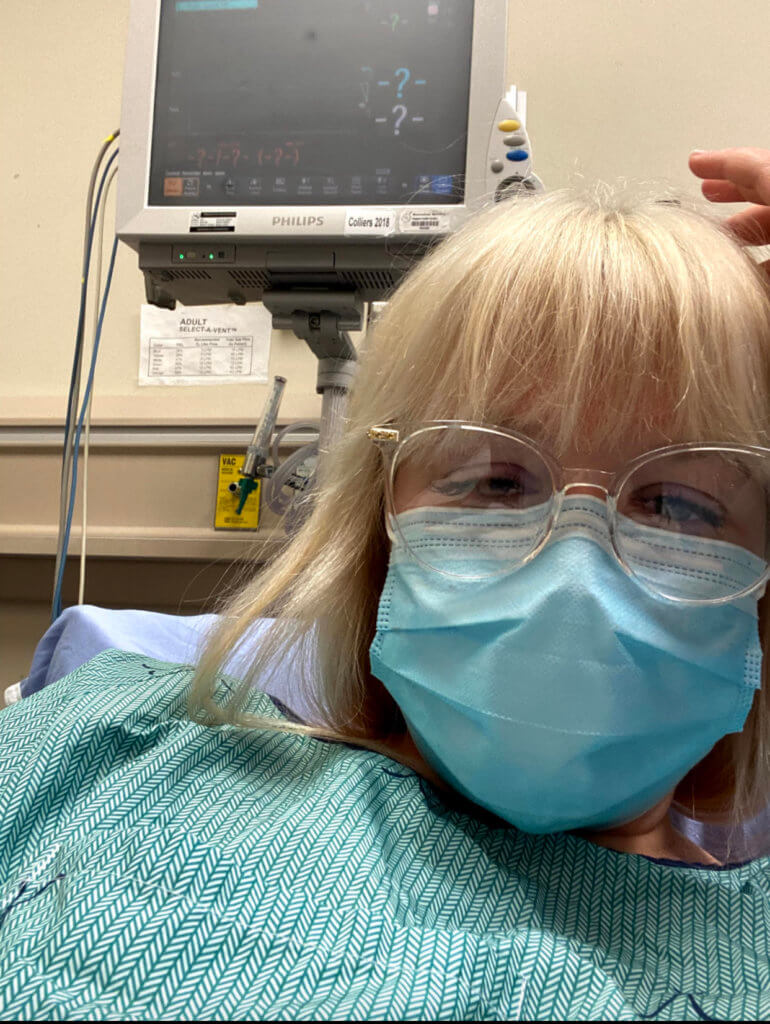
Treatment on the other side of the Atlantic
I am fortunate that I’m able to manage on oral medication. I take drugs called Adcirca (which is like sildenafil) and Opsumit (macitentan) and they have helped me significantly.
They have brought the pressures in my lungs down low enough that I now qualify to have my atrial septal defect closed within the next coming months (prior to treatment, an open-heart procedure wasn’t deemed to be safe enough).
Since beginning the treatment, although I have noticed improvements, I still experience the fatigue and some shortness of breath – which we hope will improve after the closure.
The healthcare system in Canada is a universal system that is publicly funded, primarily by each province and territory. In Ontario, we have a healthcare plan called ‘OHIP’, which is basic insurance coverage for things such as required surgeries (not cosmetic procedures), childbirth and the like.
We also receive benefits from workplaces which help cover the ‘extras’, for lack of a better word. For example, giving birth in hospital is free, however staying in a private room afterwards is not. OHIP only covers a ward, or a room with other patients.
In Canada we have 17 Pulmonary Hypertension Specialized Centres across the country. We also have the charity The Pulmonary Hypertension Association of Canada [the equivalent of the PHA UK] and they have a website with a ton of information and resources.
Life with PH in Canada
Pulmonary hypertension has affected my life in a few ways. Firstly, my ability to keep up with my children, and take them on hikes or for a swim has been impacted. These are things I cannot do with them alone and would need someone to help me keep up.
The increased fatigue is also an issue as my children tend to not want to nap as much as my body needs me too.
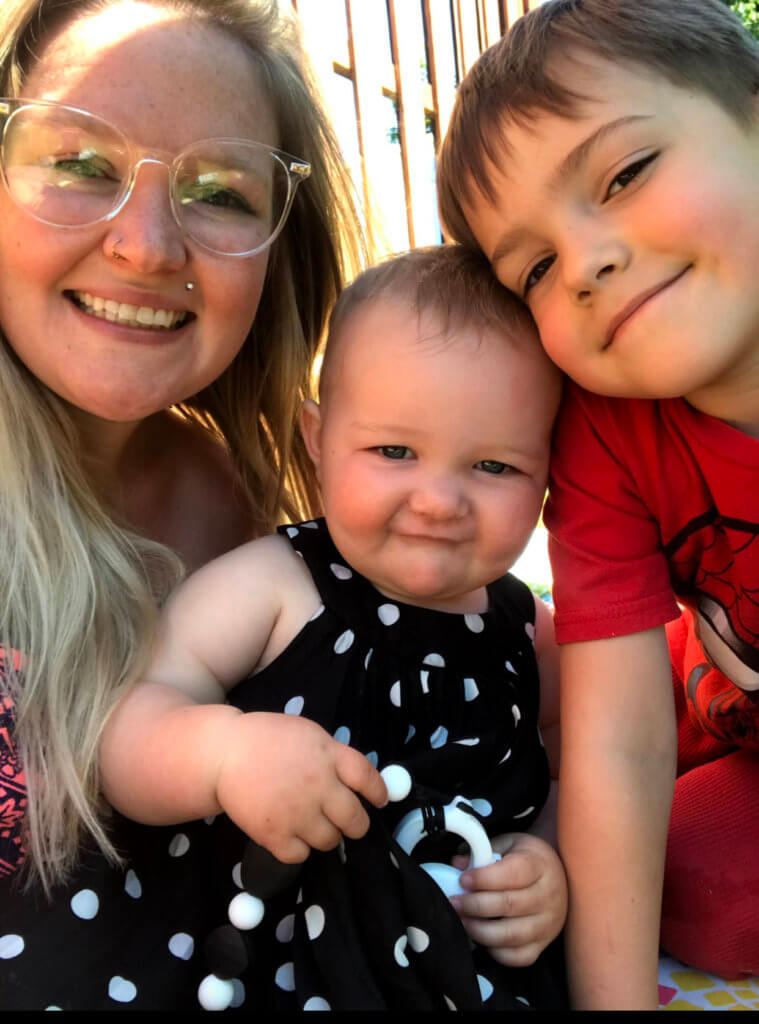
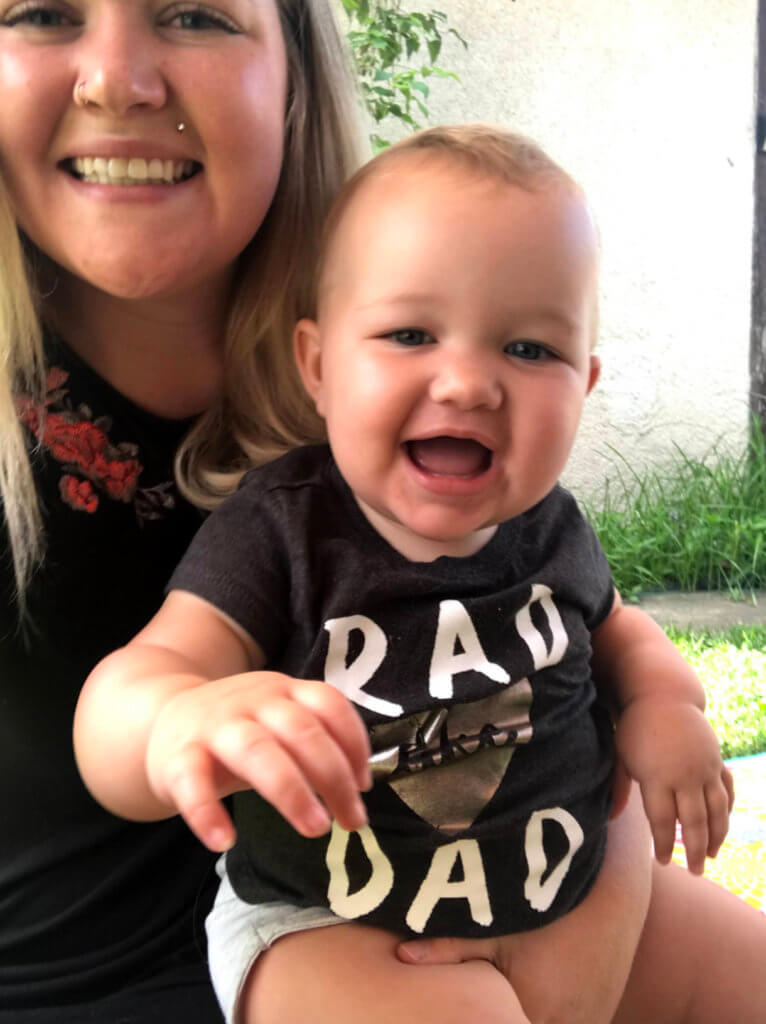

PAH has also affected my work life. Prior to my symptoms, I was able to keep a job full-time, but unfortunately now, once the fatigue kicks in, I am unable to stay awake for the usual 9-5.
PAH has affected my mental health too. Being told that I had an incurable disease was extremely hard and distressing, not only for myself but also for my family. But as we approach a year since my diagnosis, we are getting used to the fact that this is our lives now.
Having young children with this condition is quite tiring to say the least. However, I am thankful every day for my children. They help me to push through my day, and through the heartache and mental health issues this has caused. Because of them I am stronger.
I am slowly starting to adapt to life with PAH. As I write, the cold weather has hit Canada and I realise it is much harder to breathe and to do things than it is in the warmer months. I am learning the activities I can and cannot do and when I’ve hit my limits.
As time goes on, I am learning that some days are good days, and I can get through them – and some are bad and go on for weeks. Most importantly, I am learning that all of this is OK.”
- Tia has a blog, where she shares her experiences of living with PAH. You can follow her posts at tiaatkins45.wixsite.com/phandtia






